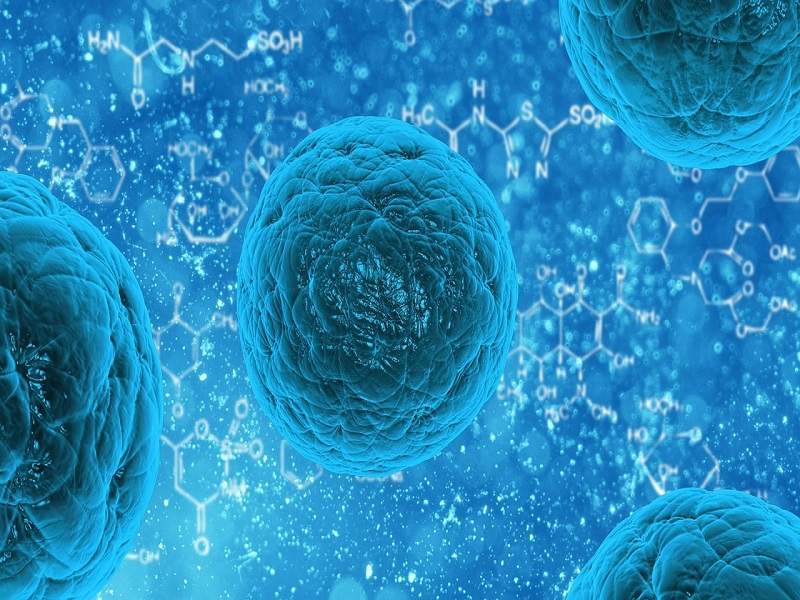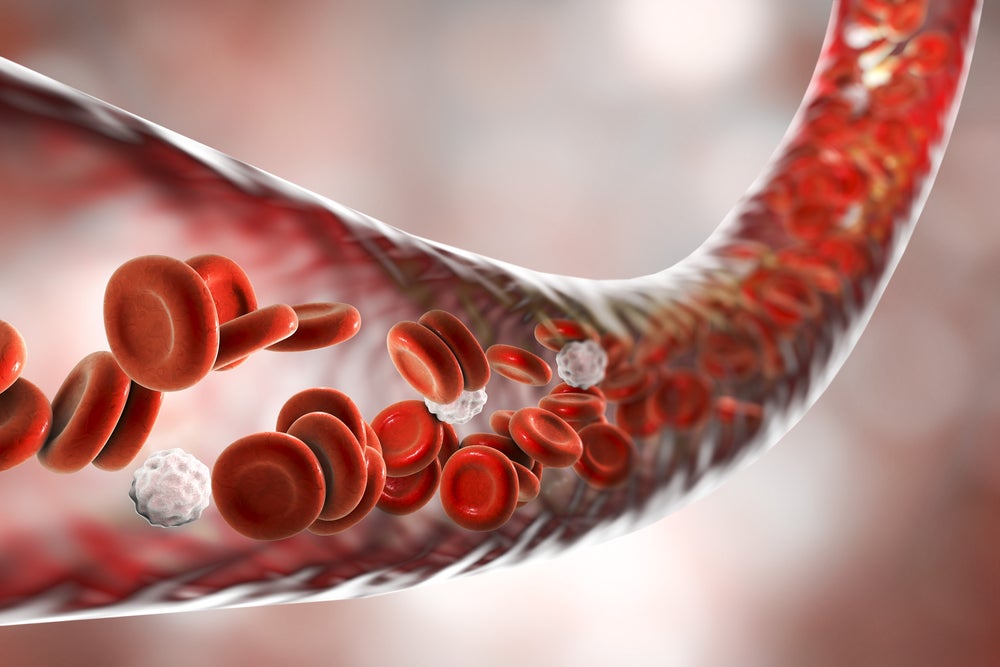
Researchers at the University of Washington School of Medicine have developed an automated system that uses robots to rapidly produce mini human organs derived from stem cells.
The School of Medicine scientists used the robotic system to automate the process for growing stem cells into organoids. It was the first time that the process was used to successfully manufacture organoids from pluripotent stem cells, a type of cell that is capable of becoming any type of organ.
According to University of Washington assistant professor of medicine Benjamin Freedman, who led the study, the robot can set up an experiment in 20 minutes that would normally take a scientist all day.
Liquid-handling robots introduced the stem cells into plates containing as many as 384 miniature wells each and coaxed them to turn into kidney organoids over 21 days. The robots were able to produce many plates—each containing thousands of organoids—in fraction of a time that it would take a human.
“On top of that, the robot doesn’t get tired and make mistakes,” added Freedman. “There’s no question. For repetitive, tedious tasks like this, robots do a better job than humans.”
Traditionally cells are cultured as simple, flat, two-dimensional sheets. More recently, researchers have had greater success in growing stem cells into more complex, three-dimensional structures called mini-organs or organoids. While they are ideal for biomedical research, they have proved tricky to mass produce.
How well do you really know your competitors?
Access the most comprehensive Company Profiles on the market, powered by GlobalData. Save hours of research. Gain competitive edge.

Thank you!
Your download email will arrive shortly
Not ready to buy yet? Download a free sample
We are confident about the unique quality of our Company Profiles. However, we want you to make the most beneficial decision for your business, so we offer a free sample that you can download by submitting the below form
By GlobalDataFreedman believes that the speed and scale in which the robots can grow the stem cells makes them a ‘new secret weapon in our fight against disease’. In addition to high-throughput, the platform can be altered at any point to see which changes produce the best results.
The robots were further trained to process and analyse the organoids they produced, using an automated technique called single-cell RNA sequencing to identify all the different types of cells found in the organoids.
“We established that these organoids do resemble developing kidneys, but also that they contain non-kidney cells that had not previously been characterised in these cultures,” said University of Michigan School of Medicine lead author Dr Jennifer Harder, who collaborated on the project.
The automated technique has already been used to test potential drugs on kidney-like organoids that had been produced with mutations that cause polycystic kidney disease. In their experiment, they found that one substance, blebbistatin, blocks a protein called myosin, which led to a significant increase in the number and size of cysts.
“This was unexpected, since myosin was not known to be involved in PKD [polycystic kidney disease],” said Freedman.
The results of the study were published in the 17 May journal Cell Stem Cell.




